
More than a hundred plants can absorb pollutants from the air through their leaves. Then, it filters them, digests them through its roots and transforms them. The magic of nature!
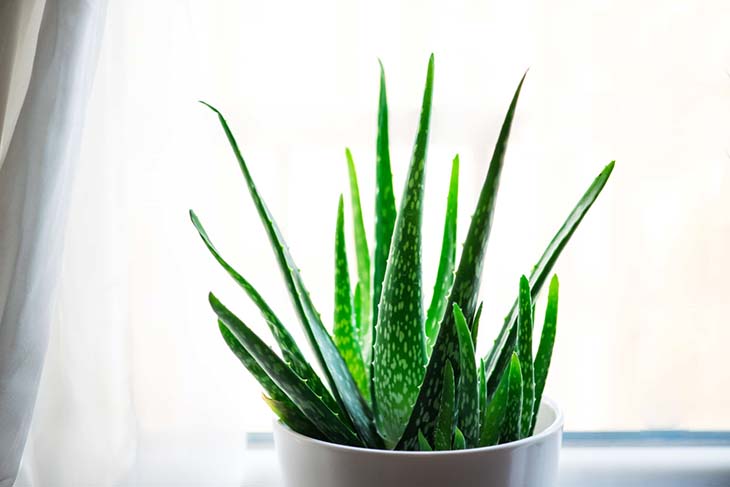

Aloe vera – Source: spm
aloe vera
It is the plant with multiple virtues: it limits the proliferation of mites and eliminates formaldehyde – this carcinogenic volatile compound is one of the most important indoor air pollutants . Not very demanding on water, it can survive thanks to the famous gel contained in its leaves, from which it extracts the nutrients necessary for its survival. On the other hand, it needs a lot of light and exposure to direct sunlight.
Namely:
We admire him in the office and at home. With its long upright leaves, it is considered a lucky charm in many countries.
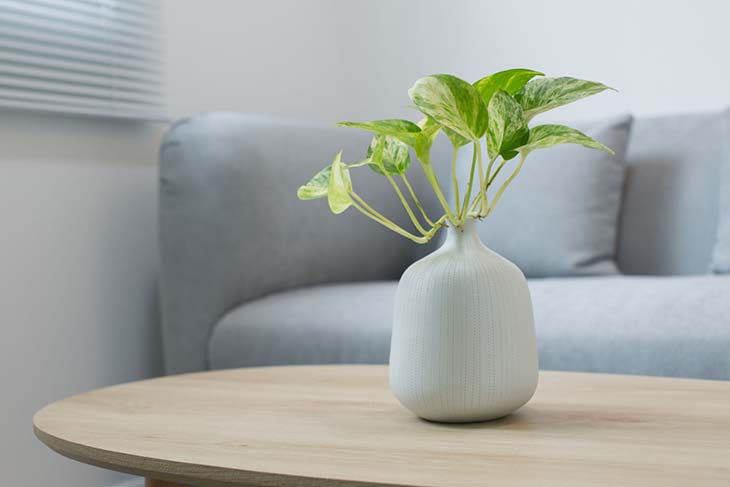

The pothos – Source: spm
the pothos
We can’t resist this vine plant with its young light green heart-shaped leaves. Native to Polynesia, pothos purifies the air by absorbing pollutants such as formaldehyde, xylene and benzene. It can be hung or climbed on a post or trellis, with its stems sometimes reaching several meters long, it will elegantly adorn a shelf, the top of a piece of furniture or a section of wall.
Namely:
We avoid installing it in the children’s room because its sap can be spicy. And we definitely forget this if we have animals: it will make a dog or cat sick if they chew it.
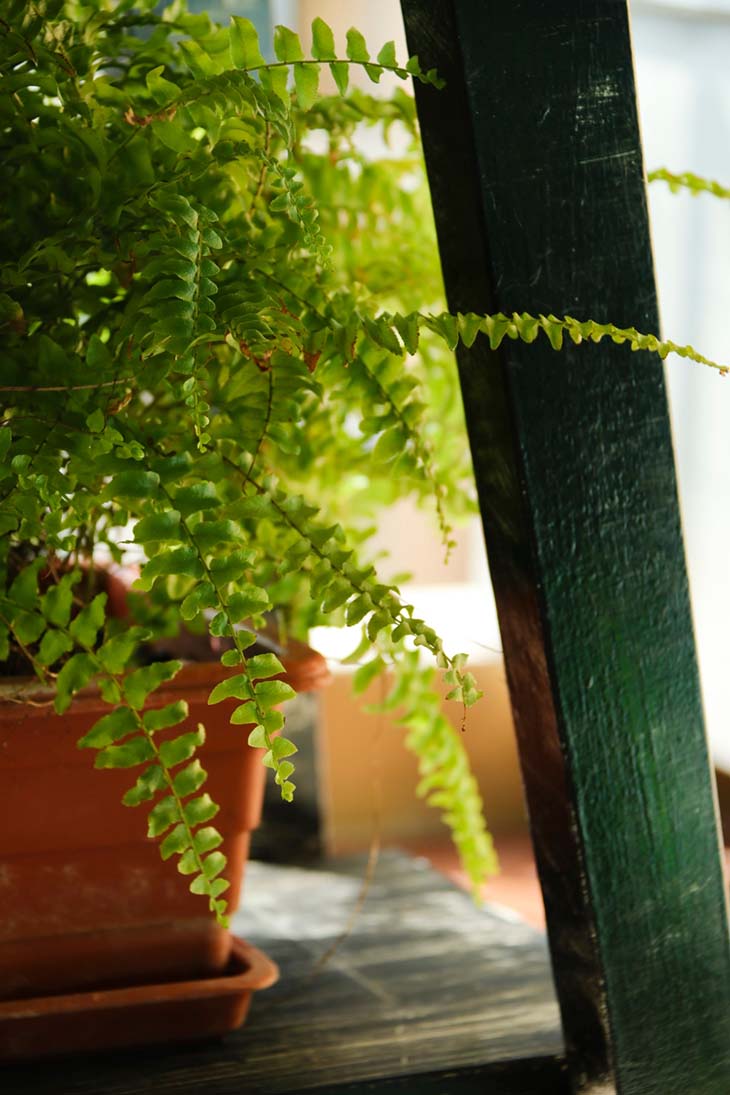

The Boston fern – Source: spm
boston fern
Very decorative thanks to its beautiful serrated leaves, it absorbs formaldehyde, xylene and ammonia. Native to the humid tropics of South America, it does not need much light, but loves humidity.
Namely:
Keep the potting soil always moist by watering it once or twice a week, and your pond will soon look like a mini-jungle!
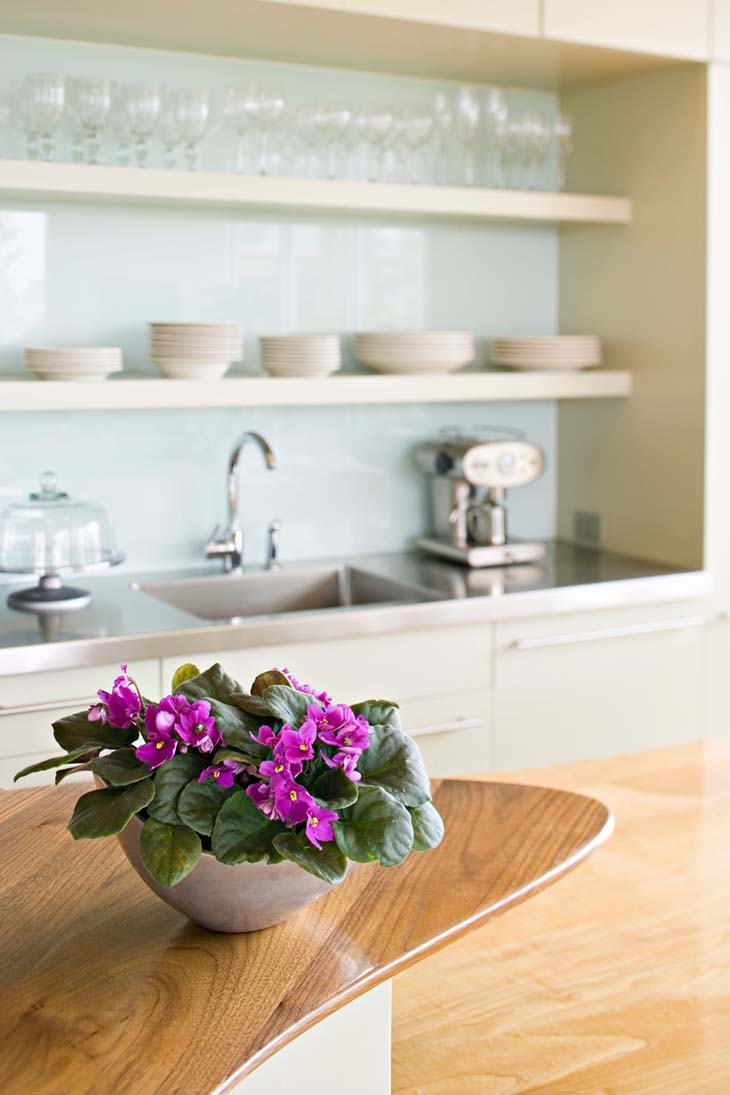

The African violet – Source: spm
African violet (or cape violet)
The most cultivated and sold plant in the world, it absorbs the vapors of pentachlorophenol (PCP), a fungicide that is still sometimes found in treated wood. It also helps alleviate the dryness of the air and, which does not spoil anything, it blooms almost all year round. It tolerates exposure to semi-shade, and does not suffer too much from the heat of a radiator. Perfect in a bedroom!
Namely:
It is watered once a week, by the glass (it will be emptied a few hours later, otherwise the lower part of the stem risks rotting).
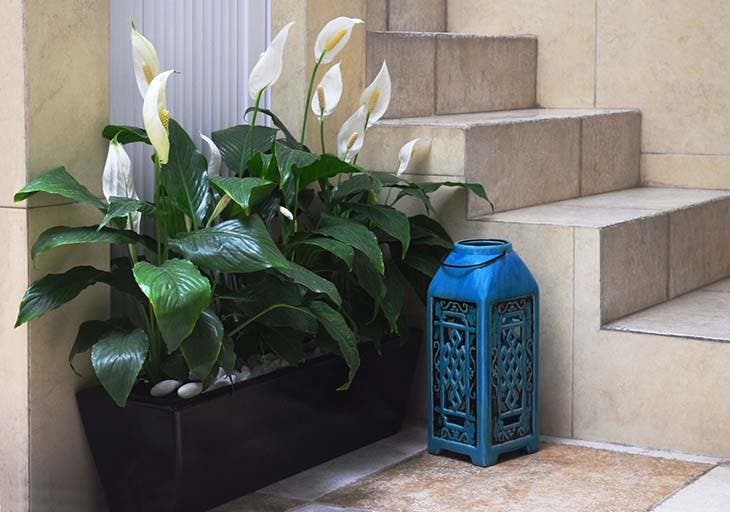

Moonflower – Source: spm
the moon flower
It absorbs a large amount of VOCs (volatile organic compounds) contained in glues, paints, varnishes and putties, such as ammonia, benzene, formaldehyde, toluene, trichloroethylene and xylene. The so-called “peace lily” appreciates light (but not direct sun) and temporarily tolerates partial shade. On the other hand, it does not like drafts at all, which dry out the ends of its long, shiny leaves (30 to 50 cm long). It can be done in any room, with preference for humid rooms.
Namely:
Never directly water its beautiful, slender white flowers that grow all year round.
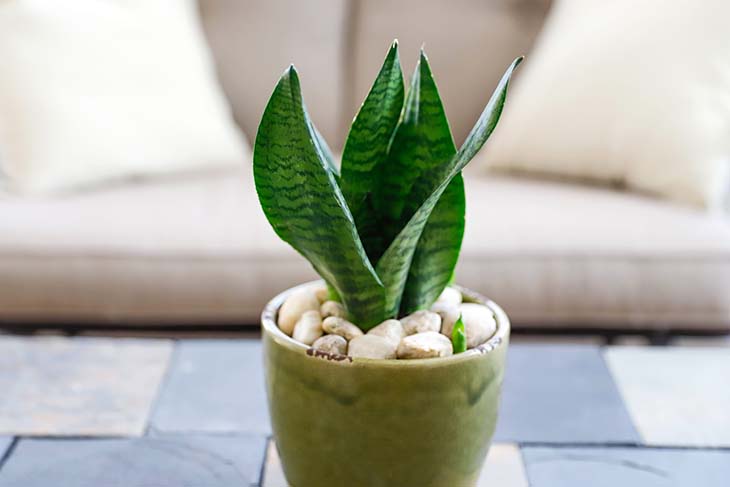

Sanseviere – Source: spm
Sanseviere
It is also called “mother-in-law’s tongue” because its large, hard and pointed leaves are compared to a very sharp tongue. It captures benzene, trichloroethylene, varnishes, but also the vapors of certain stain removers and many other degreasing products. Robust, it withstands forgetting to water, it is ideal for the distracted!
Namely:
Place it in a kitchen or entryway if you have enough light (even indirect).
A positive effect… but without miracles
According to a study carried out by Bill Wolverton, a NASA researcher in the 1980s, the anti-pollution effectiveness of certain plants was remarkable. Since then, his work has been questioned, because the experimental conditions were very far from those in real life: the plants destroyed the pollutants in a small bucket! Obviously good for air quality, they absorb, like all plants, CO2, but they are not magic… Other studies however show that they favorably influence mood; The English call it vitamin G – the “g” of the English word green, which means green.